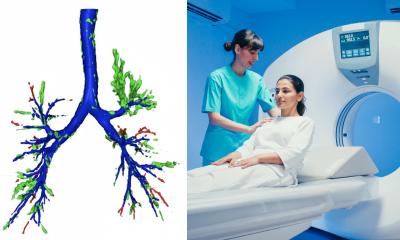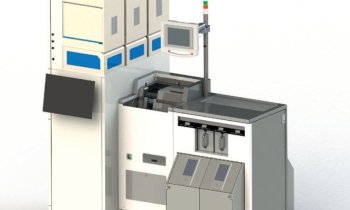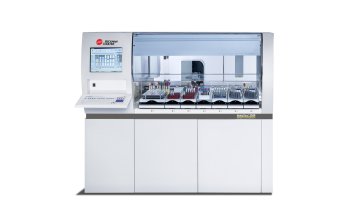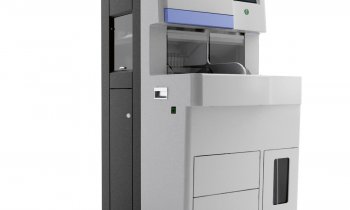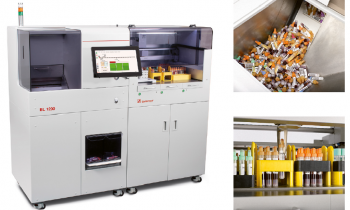Seven years of lab re-organisation
By J L Bedini, head of Hospital Clinic Core Lab, and A Mira, manager of the Biomedical Diagnostic Centre
Barcelona, Spain - The Hospital Clinic is a tertiary level University Hospital that provides a broad range of services, from basic healthcare coverage to 550,000 people, to academic and advanced research activities. Hospital Clinic is a leading institution in certain pathologies, being the reference for Spain in different areas.

Ten years ago, we began a project to develop a patient-centred care delivery model: all healthcare departments would be organised better to address patient needs. Named The Prisma Project, it resulted in a holistic re-engineering programme with two lines of action. The first goal was to develop a radically innovative organisational model to enable this new care delivery model. Second, identify and execute cross-functional projects that improve healthcare operations and patient care.
The new organisation grouped services and clinical specialties in units based on functional and diagnostic criteria that would enable improved patient care. These units, called Clinical Institutes (or centres for laboratories and imaging former departments) have management and self organisational autonomy and responsibility. Following this model, all laboratories were grouped in a new structure called Biomedical Diagnostic Centre (BDC).
In the context of Prisma, the BDC decided to create a Core Lab, a new laboratory to centralise the higher volume routine and stat testing in clinical chemistry, immunology, haematology, coagulation and microbiology. The Core Lab goal was to drive operational efficiencies without sacrificing scientific knowledge and provide top quality results to the laboratory services. This goal could be achieved by leveraging new technologies and demonstrating superior service to the functional labs that are dependent on our results to provide optimal diagnostics to our physicians.
In 2000, we selected through a public tender, ADVIA LabCell from Siemens Healthcare Diagnostics (formerly Bayer Diagnostics) as our optimal solution. In March 2001, the automation system went live, becoming one of the European pioneers for total laboratory automation.
ADVIA LabCell is the key element organisation, because it manages all samples in the Core Lab for both connected and non-connected analysers (i.e. nephelometer, electrophoresis and so on). The system has been extended several times since its installation seven years ago. This flexibility has been critical to adapt to our changing needs. Nine analysers are actually connected: two ADVIA 2400 for clinical chemistry, two ADVIA 2120 for haematology, two Stago STA-r for coagulation and three ADVIA Centaur for immunoassay. We also have connected three sample managers (for loading, unloading, complex sorting and total sample archiving) and two centrifuge/decapper modules.
The Core Lab has achieved several benefits through ADVIA LabCell. We have optimised resource utilisation. We have saved eight FTEs that have been relocated in new technologies and research labs. This has been important to increase our revenue by taking high added-value testing. We have obviously reduced the number of analysers and have reduced the space required by over 120 sq/m.
Efficiency and quality have also improved. In 2007, over 5,400,000 results were produced in the Core Lab, representing more than 85% of the BDC total activity. In the last five years, activity has increased over 35%. Due to vendor consolidation and by maximising platform consolidation, reagent costs have decreased, reducing our cost per test by 17%. The overall financial impact has been significant, completing the return of the automation investment in less than five years.
ADVIA LabCell has delivered other workflow improvements. The system and analysers point-of-space connectivity allow for efficient sample sharing. This means that we can deliver more than 80 different tests from a single serum specimen. No aliquots are needed in the Core Lab. Reducing tubes benefits the patient by minimising the amount of drawn blood, while eliminating aliquots means less waste due to dead volumes, and less waste due to tips and cups required. Overall, it has provided a significant cost reduction by reducing more than 140,000 tubes annually.
After seven years of experience, the design of the Core Lab and the ADVIA LabCell implementation has represented a major opportunity to change the overall Diagnostic Centre organisational model. We have obtained significant financial and quality improvements that ultimately deliver better patient care.
30.04.2008





